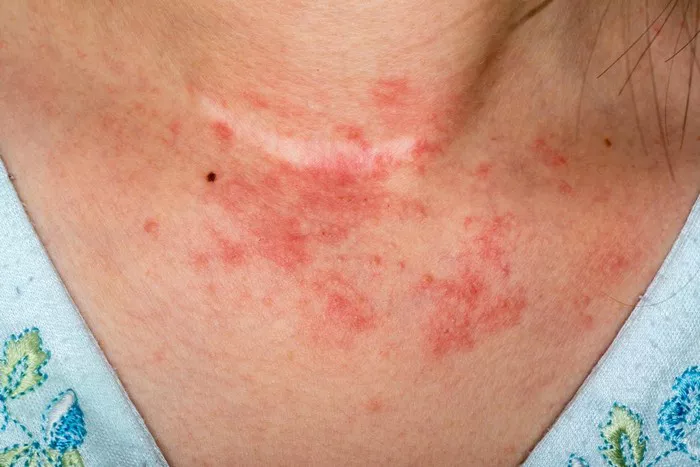A surge in ringworm cases is being noted in schools and childcare institutions across Europe, with large red patches appearing primarily on children’s cheeks before spreading to other parts of their bodies, a common symptom of ringworm.
In Saxony-Anhalt, Germany, schools and daycare centers have reported a notable increase in measles cases compared to previous years. Data collected up to mid-May revealed over 1,200 reported cases, a significant rise from the approximately 340 cases reported in the preceding five years. While individual reporting of measles cases is not mandatory, outbreaks are communicated by childcare facilities to health authorities, who then voluntarily share the information. This year’s surge indicates a clear escalation in cases.
Similar reports of heightened measles occurrences have emerged from various regions across Germany and other European countries. The European Center for Disease Prevention and Control (ECDC) highlighted measles outbreaks in Denmark, Ireland, the Netherlands, Norway, and France, among other locations, in a report released in mid-April.
Pregnant women who have not previously contracted measles are particularly vulnerable to severe complications, as the virus can potentially inflict life-threatening damage to the blood-forming system of their unborn children.
One of the hallmark symptoms of measles is the development of a rash one to two weeks following infection. This rash typically manifests as large red patches resembling butterfly shapes on the cheeks, subsequently spreading to the shoulders, upper arms, thighs, and buttocks, sometimes forming circular patterns around the limbs. Fever, fatigue, and headaches often accompany the rash. While measles may go unnoticed in children, who generally recover without significant issues, adults typically experience more pronounced symptoms. Pregnant women encountering the virus for the first time face increased risks, as it can cause severe harm to the blood-forming system of their unborn children.
The current surge in measles activity can be attributed to the low number of cases during the pandemic, facilitated by lockdowns and heightened hygiene measures. With a larger pool of susceptible hosts available, the virus is now spreading more rapidly. Health experts had anticipated this increase in cases, underscoring the importance of continued vigilance and preventative measures.

























